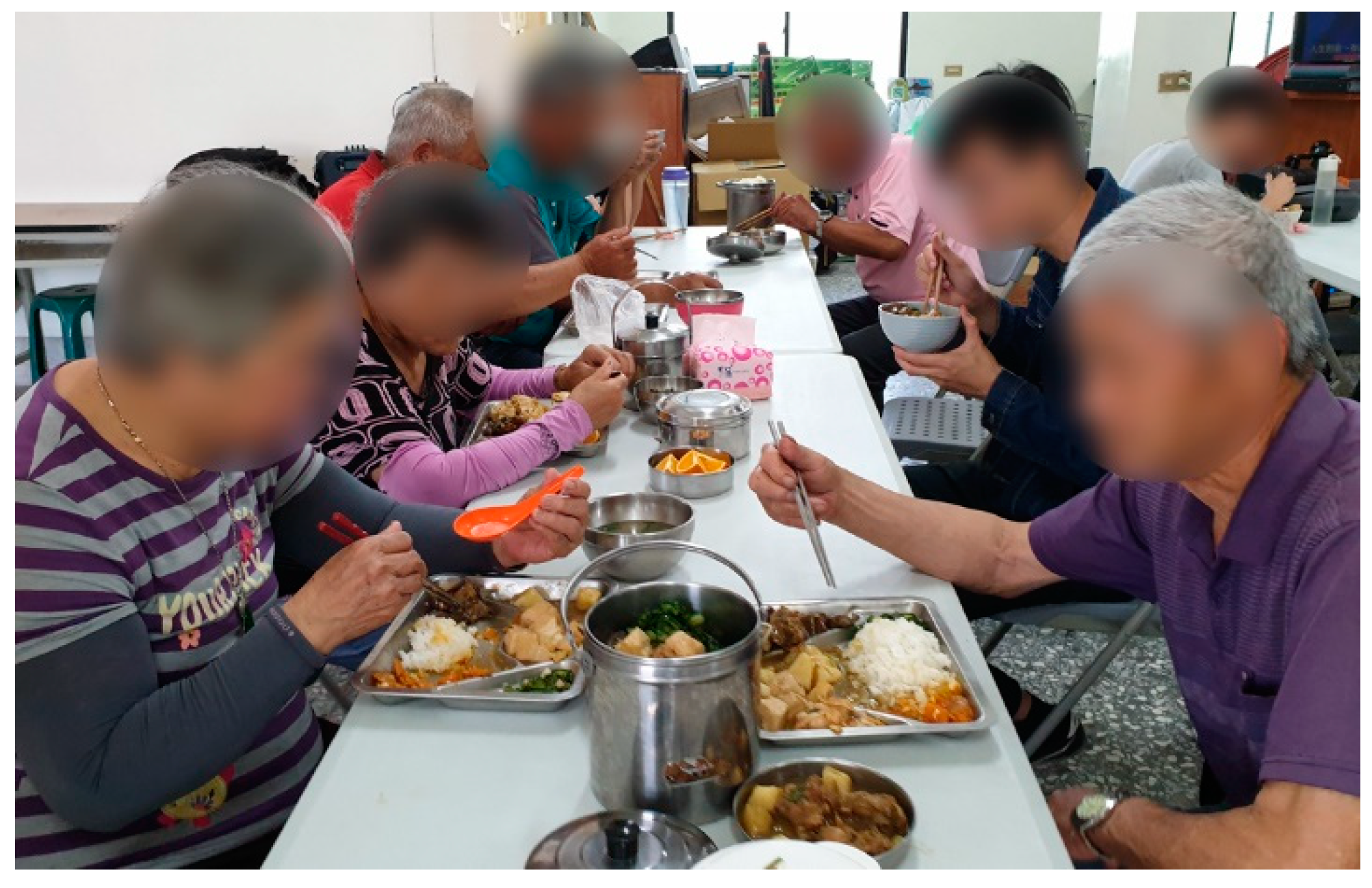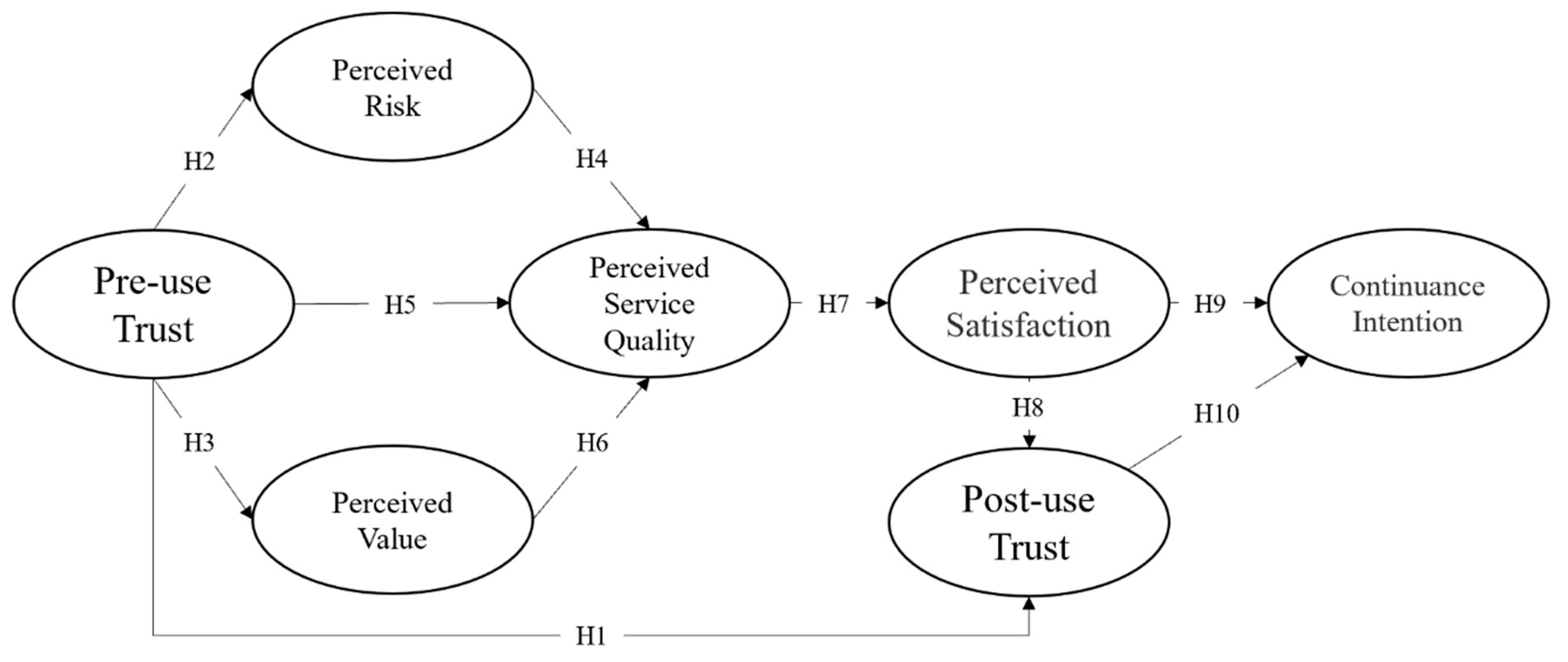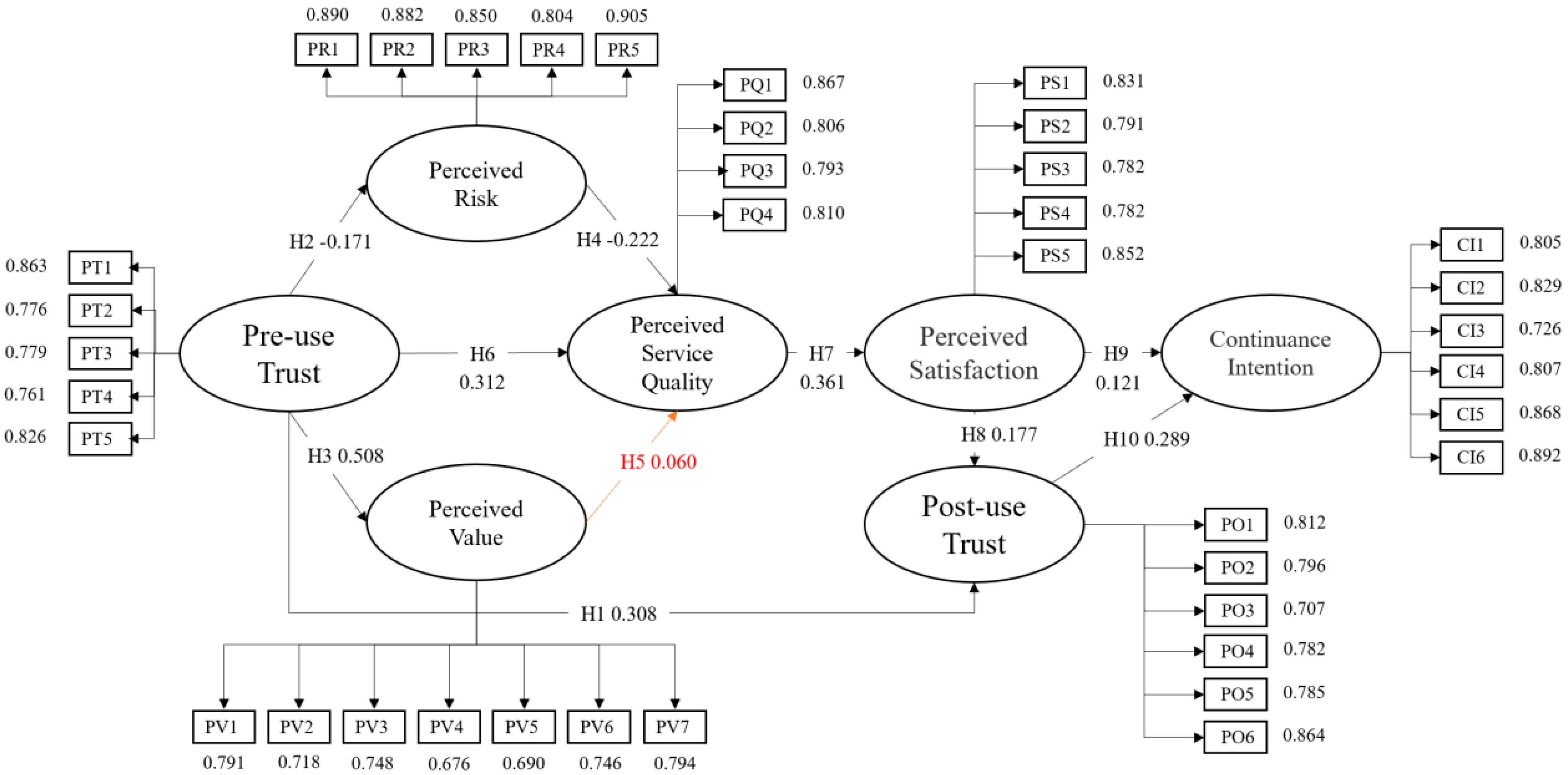1. Introduction
As defined by the World Health Organization (WHO), a society with 20% of the total population aged over 65 years old is classified as a super-aged society [
1]. According to the statistics of the Department of Household Registration, Ministry of the Interior, Taiwan is expected to enter the super-aged society in 2025, meaning that 20% of the population will be over 65 years old [
2] (
Figure 1), which would imply a severe aging population structure in Taiwan. Retired older adults may lose their goals in life, and may feel insignificant [
3]. Additionally, when older adults lose their goals in life, consequent brain and physiology degeneration may occur, which can lead to serious social problems, such as dementia accelerated by loneliness [
4], suicide due to depression [
5], and even dying alone. Since these issues involve enormous consumption of medical and social resources, the current situation presents a challenge for the successful aging of older adults [
6].
In previous decades, there has been a growing emphasis on “aging in place” globally [
7], hoping to call more attention to the health, residential environment, psychology, diet, and interpersonal relationships of older adults [
8]. Social Eating Programs for older adults have mentioned the nutritional risks and social isolation of older adults living in communities. According to Fulkerson [
9], using Meals on Wheels, Eating with Friends, and Congregate/Community Meals can promote a balanced and healthy diet among older adults, which is helpful for postponing aging, preventing chronic diseases, and improving their quality of life [
10]. Meanwhile, these programs can also alleviate problems, such as inconvenience in preparing meals, loneliness and depression, and a lack of activities. The Ministry of the Interior (Taiwan) has listed congregate/community meals in Welfare Law concerning older adults since 1997. For communities near rural areas, the establishment of congregate/community meals and senior meal halls is essential, due to the severe aging population structure and migration of young and middle-aged populations [
11]. In addition, although senior meal halls have achieved initial success, there are still a considerable number of older adults who feel insecure about local aging and senior meal halls, which even lead to distrust, rejection, aversion [
12], and reluctance in dining out. Taking Yunlin County in this study as an example, where the seniors account for the second-highest percentage of the population of Taiwan’s 22 cities and counties, the county government has subsidized the establishment of several senior meal halls, where nearly 8000 people eat every day. This fact indicates that the older adults in Yunlin County have a certain demand for catering services. Therefore, it is necessary to look for experiences from the older adults who have dined at senior congregate meal halls, understand their pre-use trust, post-use trust, satisfaction, and continuance intention, through which we can better understand their experience, feelings, and mental processes when experiencing these meal halls (
Figure 2). Our results can contribute to their specification by providing information about the reasons that drive the factors of this model.
This study established a model for key factors of older adults’ continuance intention dining at senior meal halls, and hypotheses to explain them. From a questionnaire formed from scales used in previous studies, data was gathered to enable structural equation modeling to be conducted to test these hypotheses. The findings allow suggestions to be put forth in order to shape aging policy to guide practitioners, and to support government decision-making.
4. Discussion
This study identified critical factors affecting older adults’ continuous participation in senior meal halls through structural equation modeling. Our study results in several important findings.
First, this result provides evidence that older adults’ pre-use trust has a strong positive effect on perceived value. The hypothesis from extended valence framework along with the hypothesized path from pre-use trust to usage in the perceived value stage of the model is fully supported. Further, the path coefficient is the highest, suggesting that the more positive pre-use trust the older adults hold, the more value they can feel from the senior meal halls. Through relevant government policy advocacies, shared peer and community recommendations, trial and guide promotion meetings, such information on the space equipment, food concepts, and functions of senior meal halls, older adults have already known the content of attending the meal program. It has generated public reputation on its effectiveness, and constructed the participants’ pre-use trust in senior meal halls. Moreover, after their actual participation in senior meal halls, the older adults feel motivated to enter the senior meal halls, and participate in the well-designed food promotion activities and catering services. In addition, they can get to know, talk, and share life trivia with other older adults and enthusiastic volunteers to achieve the effects on physical and mental health. Consequently, the trust level of senior meal hall participants will positively correlate with the perceived value.
Among the survey samples, 67% of older adults live with their family members. In addition to their own efforts, they need the assistance of family members or caregivers to prepare their meals. Although 84% of the older adults have cooking habits, they easily fail to have a balanced diet [
9], because of their children’s eating out, a small number of diners, and an unstable meal preparation. Therefore, it is necessary for older adults to eat in a community society. Older adults of the same age may relieve their psychological pressure, and find a way to communicate with others through the interaction of eating together [
66]. In addition, the correct dietary concept could be communicated in the process through the transmission and exchange of nutritional information. These findings are consistent with the results of previous studies [
67,
68]. Furthermore, the older adults feel at ease to eat at a fixed meal time, feeling that it can reduce the burden and trouble of their children in the meal preparation [
69], and that they need not rely on relatives and friends to live. Ultimately, they feel the value of participation in senior meal halls.
Second, the results indicate pre-use trust has a strong negative effect on perceived risk. Perceived risks existed due to the limitations of individual economic ability, food preparation ability, mobility, and physical and mental degradation to older adults’ participation in senior meal halls [
70,
71]. The results of this study suggest that more than 60% of the older adults get to and from the senior meal halls by cars and motorcycles, while 40% walk, which may lead to traffic risks [
72,
73]. In addition, due to the recent improvement of dietary quality and concept, the concern for food security has also increased. Moreover, with the help of nutritionists in planning the menu, there is no need to eat leftovers several times, or excessively pickled food as in the past, as an imbalanced diet may lead to imbalanced nutrition [
74]. Therefore, the risk factors such as cost standard, taste, nutritional balance, and food security are relatively reduced, proving a significant negative correlation between the degree of pre-use trust and the perceived risk. Moreover, the higher the pre-use trust is, the lower the degree of perceived risk older adults hold.
Third, we find that there is a significant negative correlation between the above-mentioned older adults’ perceived risk and the senior consumers’ perceived service quality. In addition, the older adults’ pre-use trust in senior meal halls and their perceived service quality has a significant positive correlation. This represents the concept of pre-use trust fully established by senior meal halls through government policies and community word-of-mouth. Currently, senior meal halls in Taiwan also encourage older adults not only to be passive recipients of care services, but also to become service providers (
Figure 5). Therefore, many volunteers are involved in various service projects of the senior meal halls. The image they have established also promotes the perceived service quality of the older adults’ participation [
75].
However, there is no significant correlation between the perceived value and the perceived service quality in older adults’ participation in senior meal halls. This result is different from the proposed hypothesis (H5). The reason why the perceived value does not influence perceived service quality may be that the perceived value of older adults belongs to the spiritual and psychological level of services, such as atmosphere [
76], interaction mode, and diet education. Meanwhile, the perceived service quality corresponds with clear service contents (taste, space construction, charging price, and others). Older adults may pay more attention to the actual perceived service quality, while less attention is paid to the influence of psychological value.
In terms of the overall perceived service quality, the current senior meal halls, in combination with the Long-term Care Plan of Taiwan 2.0, shall provide nutritional assessment and interview and nutritional consultation for dietary guidance, alongside providing rich and varied dishes according to the needs and physical conditions of the older adults. As for management and control of service quality, a standard menu for cooking dishes should be established to ensure stable color, flavor, and taste in each dish. In daily quality control management, the service quality of internal staff should be emphasized, and workflow should be formulated to avoid unstable quality.
An irregular satisfaction survey of the meals should be conducted to serve as a basis for adjusting and improving dishes. In addition, services, such as simple blood pressure measurement, prevention of dementia, and nutrition lectures could be added. At the same time, the circular economy model is applied to increase the participation opportunities of older adults of the same age, by which to improve their participation in the perceived satisfaction of senior meal halls. The overall evaluation of the above specific service items indicates the experience and feelings of the older adults, making them feel that perceived service quality is essential for the perceived satisfaction of the senior meal halls. As one of the core services, perceived service quality is an important reference indicator for the overall high satisfaction of the senior meal halls.
Fourth, we find that there is a significant positive correlation among perceived satisfaction, post-use trust, and continuance intention of older adults participating in senior meal halls, which shows that the perceived satisfaction influences trust attitude and continuance intention. Furthermore, the higher the perceived satisfaction, the greater the influence on the post-use trust and continuance intention among older adults. Through meal planning and food security, cleaning, interpersonal interaction, price, space layout and arrangement, and other service factors such as meal serving, the sense of community is established, where post-use trust is consequently generated.
Finally, there is a significant positive correlation between post-use trust and continuance intention on older adults’ participation in senior meal halls. This suggests that the post-use trust of this study has an influence on the continuance intention behavior. Use trust will become one of the factors in considering whether older adults continue to participate in the senior meal hall plan. The higher the trust, the more concerned they will be about hall equipment, space cooperation, and dining atmosphere. Consequently, a higher continuance intention of participation is generated [
65]. In contrast, continuous participation in senior meal halls gradually changes the diet and lifestyle of older adults and promotes successful aging.











